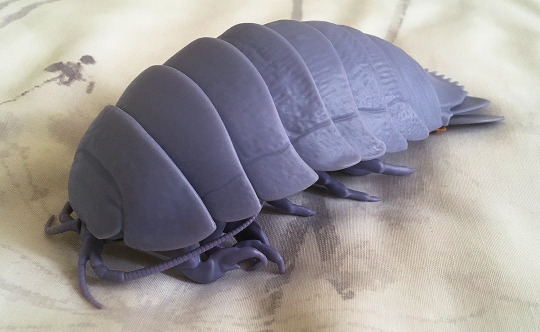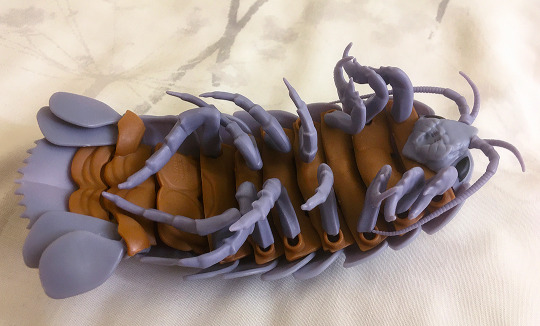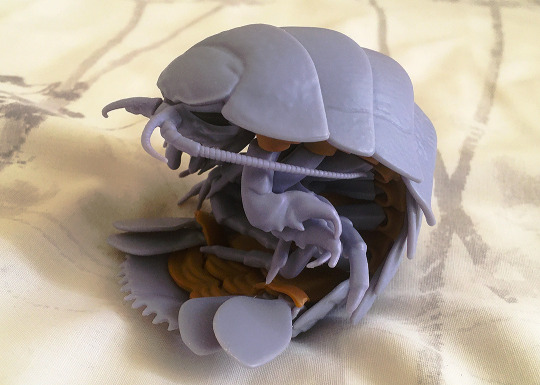#bathynomous giganteus
Explore tagged Tumblr posts
Text




so unbelievably happy with my deep sea giant isopod figure
#isopod#roly poly#giant isopod#deep sea giant isopod#crustacean#bathynomous giganteus#dango mushi#this is the frivolous purchase i mentioned some weeks back#he shipped directly from japan and is an incredibly detailed capsule toy :D he was like 27 quid shipping included and 100% worth it#we also have a rubber ducky figure#if there's a magic potion figure up for sale sometime i'm getting that one too#i love isopods very very much... real comfort crustacean atm
53 notes
·
View notes
Text
giant isopod [bathynomous giganteus makes terezi loco. she wants to know the secrets that she can't taste in my photo]
1 note
·
View note
Video
youtube
Giant Isopod Enjoys Its Delicious Fish Head Dinner in the Deep Sea
This giant isopod (Bathynomous giganteus) was seen snacking on a fish head (uh, yum?!) during Dive 11 of the 2019 Southeastern U.S. Deep-sea Exploration.
These deep-sea scavengers are close relatives of the pill bugs, rolly pollies, and sowbugs found in houses and gardens, but Bathynomus giganteus is much, much larger, growing up to a foot and a half in length.
Although giant isopods have been known to exist for more than a century, we still don't know all that much about their biology or behavior, making capturing videos like this one incredibly important (and also really cool).
Video courtesy of the NOAA Office of Ocean Exploration and Research, 2019 Southeastern U.S. Deep-sea Exploration.
via: https://oceanexplorer.noaa.gov/okeanos/explorations/ex1907/welcome.html
#isopod#bathynomus#giant isopod#crustacean#deep sea#ocean#animals#nature#video#marine biology#science
117 notes
·
View notes
Photo

This is one of two Giant Isopods (Bathynomous giganteus) seen during Dive 11 of the 2019 Southeastern U.S. Deep-sea Exploration.
Image courtesy of the NOAA Office of Ocean Exploration and Research, 2019 Southeastern U.S. Deep-sea Exploration.
18 notes
·
View notes
Video
youtube
Winner, Winner, Fish Head Dinner (for a Giant Deep Sea Isopod): 2019 Southeastern U.S. Deep-sea Exploration
This giant isopod (Bathynomous giganteus) was seen snacking on a fish head (uh, yum?!) during Dive 11 of the 2019 Southeastern U.S. Deep-sea Exploration.
These deep-sea scavengers are close relatives of the pill bugs, rolly pollies, and sowbugs found in houses and gardens, but Bathynomus giganteus is much, much larger, growing up to a foot and a half in length. Although giant isopods have been known to exist for more than a century, we still don't know all that much about their biology or behavior, making capturing videos like this one incredibly important (and also really cool).
Video courtesy of the NOAA Office of Ocean Exploration and Research, 2019 Southeastern U.S. Deep-sea Exploration.
26 notes
·
View notes